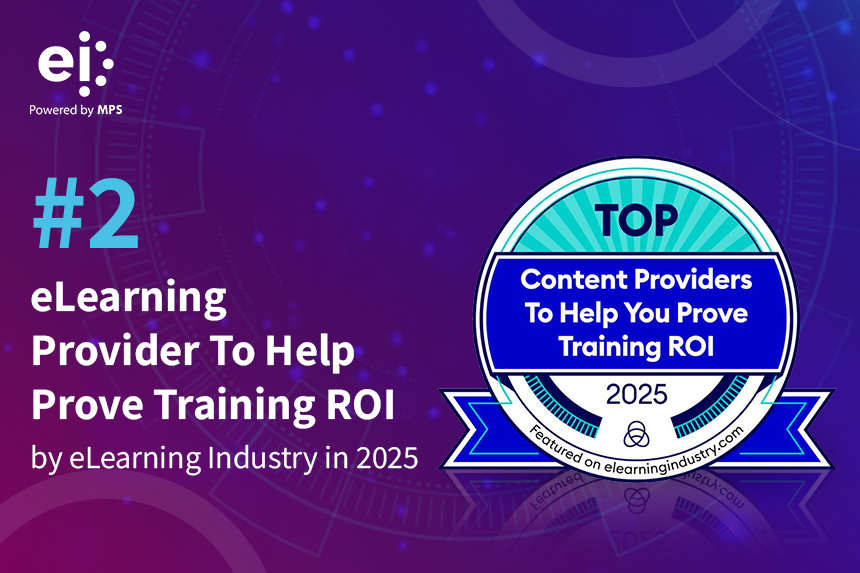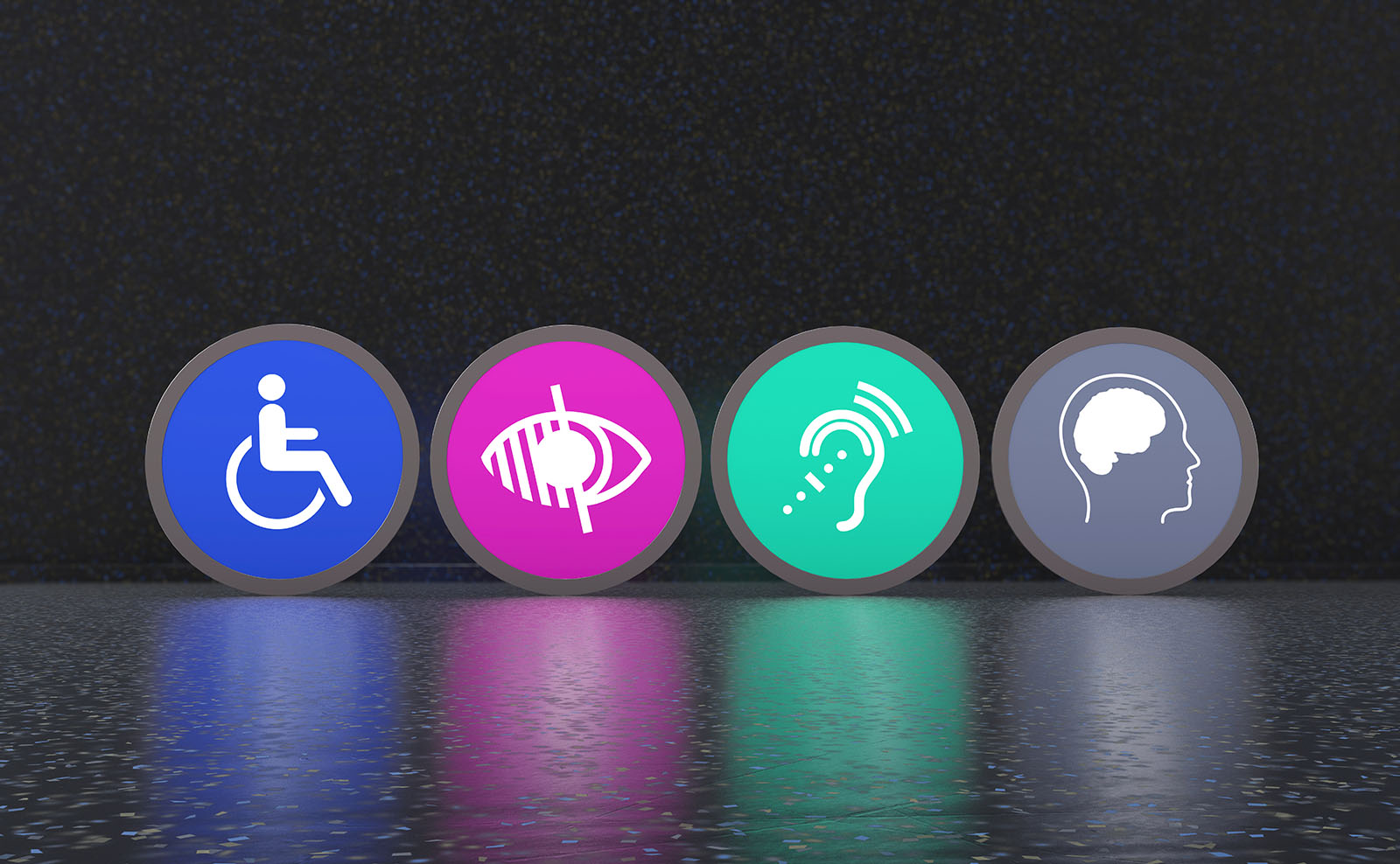
The clock strikes 9 AM. Your email is swamped with looming project dates, and you’re short on three instructional designers, a whiz at VR content, and the only person on your team skilled in LMS updates. Sounds like a drill you’ve run before right?
Staff augmentation might not look like a hero in a flashy suit, but at times like this, it’s pretty much a lifesaver.
Over time, this strategy has quietly shifted from a tactical fix to a long-term growth enabler for many organizations. As someone who works at the intersection of learning innovation and organizational strategy, it is clear to me that staff augmentation is more than just snagging some extra temp help. It’s about unlocking talent and gaining access to skills at the speed of business.
Battling the Talent Drought (Why Staff Augmentation is often the answer)
Picture this: you have got to shake up and refresh your compliance training across multiple countries, and the clock’s ticking fast. The in-house squad is solid gold, but they are running on fumes.
One option is to outsource the entire project. But if you want your internal L&D teams to be involved yet need additional hands, staff augmentation is the way to go. Companies can beef up their crew with expert instructional designers, developers, visual designers, project leads and pretty much any skill required in the ever-evolving L&D world from different regions. Teaming up with the homebase stakeholders, these fresh faces help smash those tight deadlines and roll out slick tricks to step up the learning game.
We’re not just talking about filling seats here. It’s about assembling a talent puzzle that fits together seamlessly – across borders, cultures, and time zones.
Chopping Costs While Riding the ‘Round-the-Clock Productivity Wave’
Now, let’s talk numbers – because, at the end, cost optimization sings the mightiest anthem in boardrooms.
Supplementing your teams with qualified L&D folks from talent-rick regions like India can slash costs by as much as even 50% when you compare it to hiring full-timers within certain regions. And there is another upside – by engaging offshore talent like instructional designers or developers, projects keep rolling even while the main crew sleeps. It’s pretty nifty, almost like having your cake and eating it at 2 AM!
A customer recently came up with a neat name for this tactic – they call it ‘L&D Relay Racing.’ Their squad in the U.S. gets the ball rolling on the project during daylight hours, and then the supplemental team in India takes over to crank out materials through the night. Come morning, boom – there’s a whole new set of stuff ready to go through.
To improve teamwork and collaboration, teams from far-off shores can also switch up their work times by adopting a shift-based model to match their working hours with counterparts in North America or Europe. This would allow them to talk in real-time, get things done more, and speed up the whole project process, thus curbing the usual time zone troubles.
From Fixed to Agile: A Leaner, Smarter Workforce
Organisations are increasingly beginning to move away from big permanent teams to small flexible teams backed up by outside talent. This shift reflects a growing preference for adaptability and scalability in today’s fast-paced world. A lean core team carry a deep understanding of the organisation culture and help maintain consistency, while the more elastic augmented teams allow for quick growth and bring in niche skills when needed. An agile setup lets businesses handle ups and downs in demand without the cost of maintaining the overheads associated with a large full-time workforce. This approach enables the opportunity to work with diverse talent and tap into a global talent pool, while empowering organisations to quickly adapt to market dynamics while keeping costs in check.
Boosting L&D Capacity in the Education Space
Boosting the team with extra hands isn’t just for corporate L&D teams – it’s shaking things up in the education sector too. Universities, online learning platforms, and edtech companies are catching on. They’re getting help from professional organisations to enhance their teams on a need-basis to whip out new courses, transform traditional courseware into modern learning assets and fill in the gaps on various ad-hoc learning requirements.
A training firm recently leveraged staff augmentation to modernise their existing courses pretty quickly by adding augmented resources to their team. This was big overhaul planned to be executed within a year, so they got some outside pros for learning consulting, graphic design, and specific subject matter expertise to deliver top-notch, interactive courses within their aggressive timelines.
Mixing up their in-house academic knowledge with augmented skill sets has allowed the business to stay ahead of their schedule without committing to a permanent increase in their fixed people costs. Teaming up did more than just bump up their pace of content creation; it enriched the overall learning experience with innovative design elements carrying universal appeal.
Balancing Staff Augmentation and Outsourcing for Learning Initiatives
Outsourcing entire projects is similar to placing a takeout order. However, staff augmentation is like hiring an external chef to work with your existing team. Both models have their respective strengths, and the nature of the project will determine which model is appropriate.
For projects that require high-touch involvement and deep integration with internal teams or long-term knowledge transfer, staff augmentation could be a better model. On the other hand, when the scope is well-defined, and speed is a priority, outsourcing could be more suitable.
By carefully evaluating project requirements, organizations can leverage both models strategically, establishing a fine balance between internal expertise, cost, agility, and time to deliver.
Scaling for Creativity, Not Just Capacity
These augmented squads do more than just fill gaps. They could be your express lane to new experiments and innovation.
Imagine tech companies that want to dabble with AI for teaching simulations but don’t have the AI expertise to go big. Bringing on artificial intelligence and machine learning specialists through established staff augmentation providers could solve the immediate capacity challenge while also accelerating timelines.
Augmented specialists could do more than just build prototypes – they could also support with upskilling in-house teams, making sure they leave a strong skillset trace.
The ‘Soft Skills’ of Staff Augmentation
Here’s an overlooked truth: Augmented staff often inject fresh energy into teams. They bring in diverse viewpoints, introduce new ways of working, and — at times — provide a much-needed breath of fresh air.
During a recent meeting, someone referred to their augmented consultants as ‘corporate caffeine.’ Maybe because they’re not weighed down by the traditional organisational ways or they just come in with a different outlook, but you can’t argue with the boost they give.
Choosing the Right Partner: Beyond Just Skill
The hunt for the ideal staff augmentation partner is akin to selecting a dance partner. Yes, the right techniques are a must-have, but the chemistry matters too.
Successful partnerships don’t just focus on matching abilities but also on ensuring cultural fit. The magic happens when your core team and the supplemental staff dance to the same beat pushing projects to success. An important question to consider is – how invested your partner is in ensuring they check in with you regularly and promptly actioning on feedback.
Looking Ahead: A Smarter Workforce Strategy
In a world where agility is no longer optional, staff augmentation is more than a stopgap. It’s a strategic lever for growth, innovation, and resilience.
As organizations continue to navigate an unpredictable business landscape, the key to success lies in adaptability. A hybrid workforce where internal teams are supported by agile, on-demand talent offers the best of both worlds. Companies that embrace staff augmentation not only gain access to expert skills but also build a scalable workforce that can handle changes and grow when needed.
Strategic adoption of staff augmentation enables organizations to focus on their core competencies while maintaining the agility to grab new opportunities. The future of work isn’t about replacing one model with another, it’s about building a workforce that evolves with the business needs.



